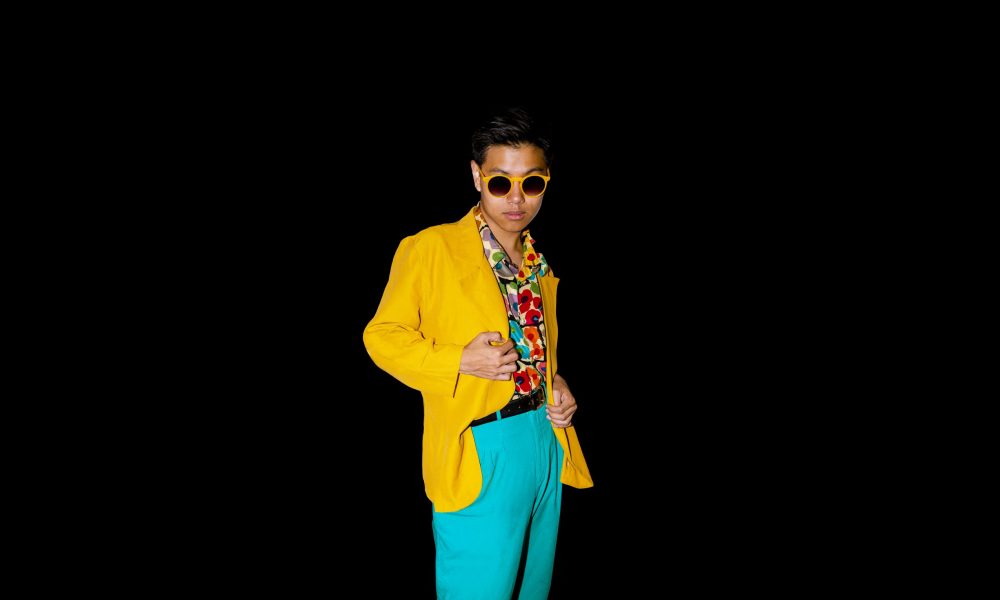

Today we’d like to introduce you to Steven Lee.
Steven, please share your story with us. How did you get to where you are today?
When I was one, my mom bought me a magnet doodle, and from then till seven years old, I drew on it every day. This progressed to filling up sketchbooks, taking painting classes, experimenting with computer graphics in high school, and eventually majoring in Digital Arts at Chapman University. My whole life, I was determined that I would work in a field that had to do with illustration and design, and the dream was to become a concept artist at Disney or Pixar, but never did I expect to find photography as my primary profession.
Throughout high school and up to college, I had developed a mildly aesthetic theme on Instagram. I always treated taking photos as a side-hobby, searching for and learning from inspirations from accounts that I felt had cohesive and bold work. In my sophomore year of college, an assignment required us to take portraits of our friends, which I had never formally set out to do before. After seeing the photos I took, my friend told me that she felt beautiful and that her confidence had been lifted to a degree that she hadn’t experienced before. I had never experienced that meaningful encounter while drawing.
After much rumination and eventual epiphany, I wrote down many paragraphs in my Evernote that surrounded one realization: art is not my passion, social justice is.
All while I was drawing my entire life, I had missed the mark of what genuinely stimulated me outside of my sketchbook: connecting with people.
Growing up in a conservative Christian Asian household as a queer, Asian American male in a predominantly white neighborhood in Ohio, my identities were anything but straightforward. Coming out to my parents was a disaster, realizing I didn’t believe in any of the Bible stories was anxiety-inducing, subconsciously feeling a lack of Asian and queer representation in the media was a confidence-killer, and all of these things added up to a deep self-awareness of who I am, what I care about, and what I want to do about these things.
After that first shoot, I began asking my friends of all colors, shapes and sizes to shoot with me. We would walk around and explore random areas and discuss what stories they wanted to tell. It was a magical combination of spontaneity and intention. I found that starting a shoot by getting coffee with the subject was the best way to warm up the heart, which leads to more authentic and comfortable expressions in portraits. We would resonate with each other’s stories and share what we want to see more in the media. After two semesters of random shoots with friends, commissions began to flood in, my following began to rise, people asked me how long I’ve been shooting, and I began to rethink my future.
With photography and telling stories as my new obsession, I began to get clients and connections on Instagram with people I had looked to for inspiration for years, like Evan Sheehan, Esther Lee, Cody Guilfoyle, Wesley Taylor and Alexander Coggin. Isha Punja, founder and designer of a clothing Brand named Hut Mentality, reached out to me on Instagram a few months ago and asked to do a shoot. I was thrilled because I had been following her brand and admired her themes of multiculturalism, sustainability, and individuality. Before I was mentality ready, we were invited to go to New York Fashion Week. Although I was one of the youngest there, shooting the models backstage felt so natural as if I belonged there. I obsessed over the eccentric outfits and bold colors and designs and hungered to connect with everyone and hear their stories.
NYFW raised a lot of concerns internally, however: Do I always want to be shooting people with 24-inch waists and perfect jawlines? What am I contributing to? It was then I realized that within the fashion and branding industry, I could contribute to make a change about who was being represented, who was being glorified, who was most frequently seen on the runway, carpets and shows. My own qualms about my identities turned into the fuel that drove my career. While drawing set the foundation for many of my artistic skills, photography was that spark that combined my love for art and social justice.
Overall, has it been relatively smooth? If not, what were some of the struggles along the way?
Self-image has always been confusing for me. My notions of queerness, masculinity and gender were rigid and limited because my whole life I’ve been contained in binaries. I enjoyed wearing my sister’s dresses as a child but was punished for it. After being homeschooled for five years, entering high school was a time when I focused on wearing “cool” clothes as a way of navigating perceived social hierarchies and dynamics. I became a chameleon, conforming to whatever social trend I thought would win me approval. Although I achieved an ambiguous amount of success in gaining some “clout,” my self-esteem never improved beyond just being proud of my art and musical abilities. This lack of self-esteem would eventually change as I began to take pride in a visual style that was mine and not influenced by everyone around me.
I often struggle with this cognitive dissonance between my love for a killer composition, and its potential social ramifications. As someone who spends much of my time scrolling through Instagram, it can be disheartening to see only one kind of people represented in either film, fashion photography, advertising… etc, and I constantly check on myself to make sure I’m not subconsciously contributing to it. For a few months in the middle of my career, I suddenly became very disheartened and discouraged because I feared that going into the branding and fashion industry would reflect my high school desires to fit in, that I would be completely unaware of perpetuating conventional and toxic beauty standards in my work. The last thing I wanted was to make images that proposed only one way to look queer, one way to look Asian, one way to be a model, one way to be beautiful.
In college, the first thing that attracted me to photography was Instagram accounts that did not shy away from bold colors. After consuming hundreds of accounts that applied the same VSCO M5 filter and faded shadows on everything, I was waiting for an account that experimented with super-saturated reds, bright turquoise and neon greens. I craved meaning visual content, works that promote diversity, inclusion and acceptance. I was sick of accounts that only objectified skinny blonds in bikinis and blue-eyed 6-packs. But after finding many photographers whose fears and visions matched mine, I learned that I can promote acceptance and tolerance simply by not going after the same conventionally, socially-accepted, model-esque people every time. It was a way to fight my own self-hatred that was born in high school, but also a form of empowerment for those who felt the same way as I did. It was time I created the account I was waiting for.
We’d love to hear more about your work.
@stevenoclock (my Instagram handle) started in Sophomore year of high school, when I thought it would be funny to categorize myself as a time- the hours of the day that I receive any amount of inspiration, like when I’ve put aside time on the sidewalk to take a picture of a shadow. In that sense, @stevenoclock is very much a personal diary of my thoughts.
A lot of brands do not want to bring their personal opinions and political views into their work, for fear that the reach of their clients would disappear. However, I believe that bringing your perspective to your work makes your work stronger, no matter how many clients you receive. I am determined to make all my work meaningful, instead of just aiming to have a photo make something look “cool”. All my work stems from a core ethic, which is that all genders, ethnicities, sexual orientations, and body types are beautiful and worth showing the world. I indirectly embody this belief through visual cues, such as a wide range of bold and unconventional colors, unorthodox poses, using models who don’t usually fit the eurocentric, overly sexualized and objectified, airbrushed standard. I like to present truth, diversity and representation in my work.
My favorite thing about my current status as a photographer is actually that my photos are mostly just all my friends; not models or celebrities. A lot of people ask me where I find my models or my locations, but I take much pride in saying that I’ve taken a certain photo with a friend right outside of their apartment because it proves that beauty is found anywhere, and beauty is objective and constructed. My photography only aims to highlight it.
Although I want to present truth, I also often love experimenting with surrealist edits on Photoshop, giving my photos a mix between industrial street-style and other-wordly atmospheres. I often use those surrealist elements to tell a deeper meaning.
Any shoutouts? Who else deserves credit in this story – who has played a meaningful role?
My parents were the foundation for my creative paths. Because my mom is a piano teacher, and my dad is an architect, I grew up not conforming to the Asian stereotype that I was destined to be a doctor or engineer. They have always been my biggest supporters and were the first ones to allow me to create.
However, I know this cannot last long because many of my beliefs clash with my parents. I am not able to show them any shoots I do that reflect my political views, queerness or themes of sexuality. As a result, my closest friends were the people who allowed me to create what I wanted.
Instagram has both been a source of toxicity and inspiration for me. While I would grow self-conscious in comparing myself with others, I would also be surprised by the meaningful conversations with fellow photographers half a world away. One such photographer, Evan Sheehan, has been one of the leading photographers in my life who never failed to answer my billion questions about photography and the industry. He is my number one inspiration in terms of visual style, and he also embodies a character of kindness, generosity and encouragement. Every time I ran into a problem, whether a tangible, physical problem with editing or camera equipment or an abstract, mini identity crisis as an artist, Evan was available and generous with his time, answering all my questions with patience and love.
Contact Info:
- Website: Stevenoclock.com
- Phone: 7149483011
- Email: [email protected]
- Instagram: @stevenoclock







Suggest a story: VoyageLA is built on recommendations from the community; it’s how we uncover hidden gems, so if you or someone you know deserves recognition please let us know here.

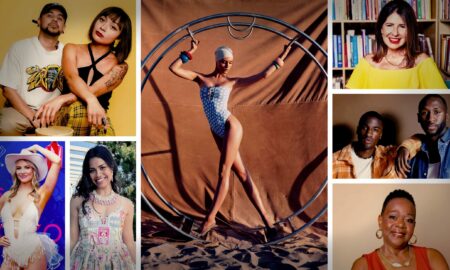










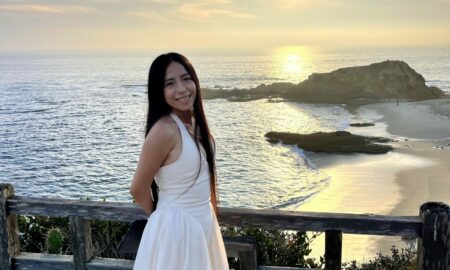

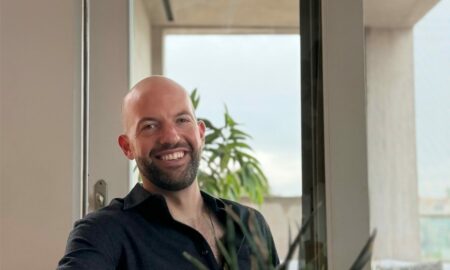
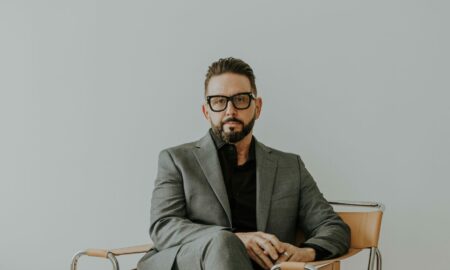
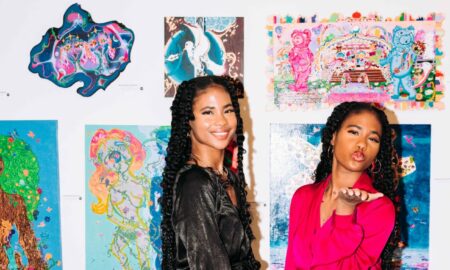


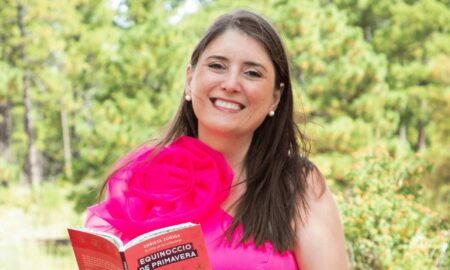
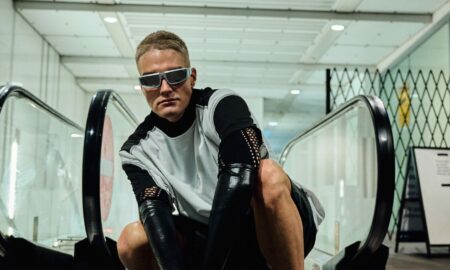
Sohini Halder
November 13, 2019 at 00:07
This brought a tear to my eye! I’m so excited and proud of you and love seeing how far your work has brought you. Love you forever steb! -soho